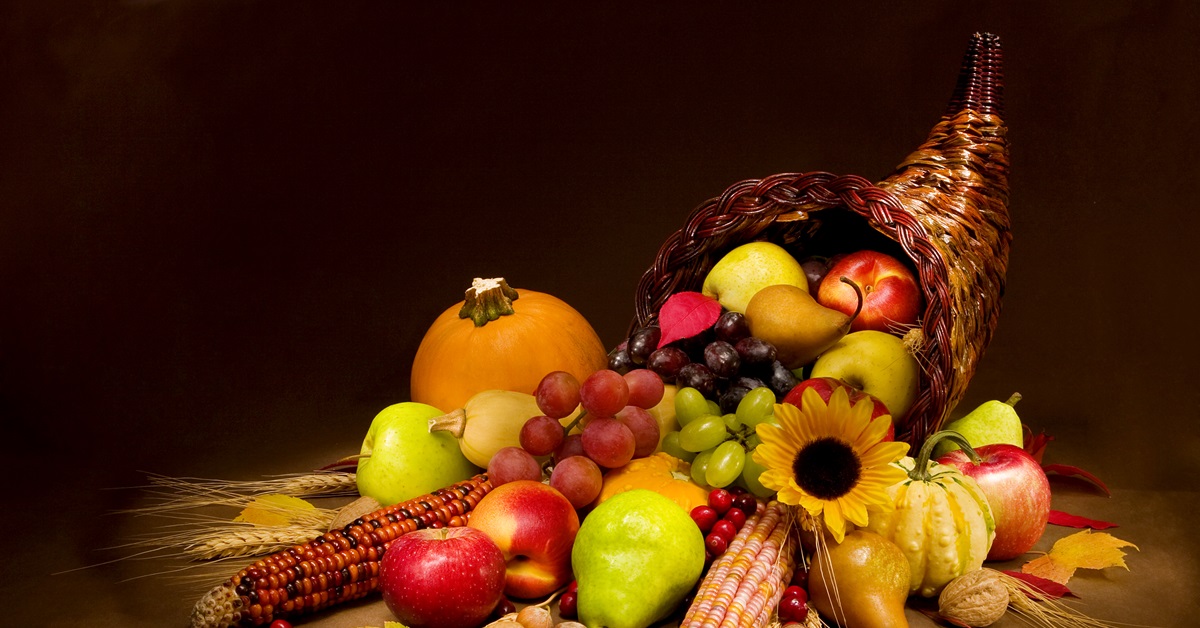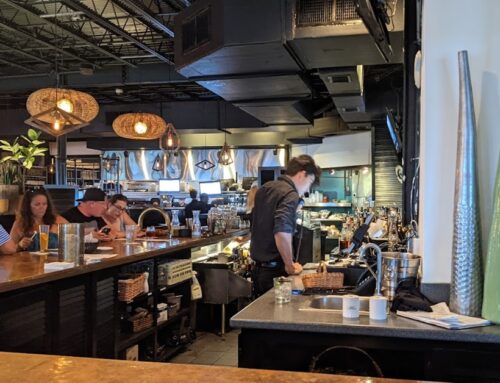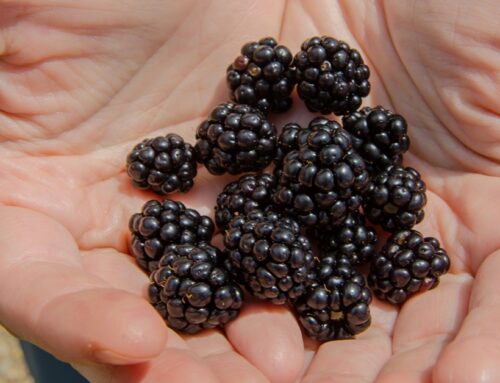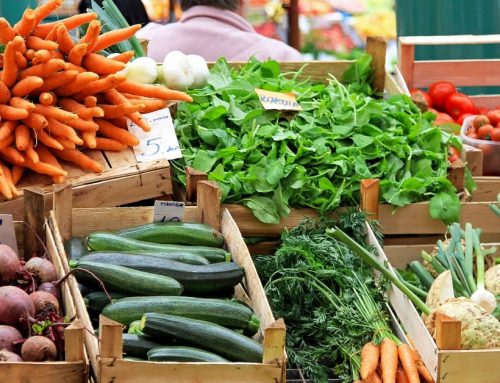One of the symbols of the approaching holiday season is the cornucopia – the horn of plenty. The name might not sound familiar, but the image certainly is one we recognize. A horn-shaped basket brimming over with flowers and fruits has formed many a centerpiece for the family table. Thanksgiving most often signals the time to bring it out, and yet any time after the harvest is time to celebrate with this ancient symbol.

As we reflect on another abundant season for the Farmers & Makers Market, still taking place each Tuesday here in the plaza of The Shops at Sea Pines Center, the gratitude we feel for the growers and artisans who make their way here, for the Sea Pines residents and visitors who make the Market a must-do in their plans for the week – and for the team at Lowcountry Produce who work so hard to make it possible – the horn of plenty comes to mind.
We Needed That
You can tell by how long people have been using it. Human experience called for a symbol to express our gratitude for the abundance of the earth, and the forms that its gifts take in making it possible for us to thrive. It is one of those things that crops up all around the world, and in many cultures.
For us, the cornucopia dates back at least to the ancient Greeks. The reason we see the food spilling out of a horn-shaped basket stems from the myth that Zeus, the king of the Greek gods, was nourished as an infant from a goat’s horn.
So Many Thanks
The all-encompassing nature of gratitude for life’s bounty is shown, too, by how many of the Greek gods “got in on the act.” The cornucopia is associated with several Greek and Roman deities. Demeter, the goddess of the harvest is a natural. Eirene, goddess of peace and springtime reminds us that peace becomes easier to reach when people’s needs are met.
Gaia, the earth goddess, and Abundantia, the goddess of plenty are naturally connected with the cornucopia in mythology. The goddess of the grain supply to Rome, Annona, was associated with the cornucopia in their legends. Fortuna, the goddess of fortune and Plutus, the god of wealth were also associated by the Romans with the horn of plenty.
Behind the Explanation
Stories are what the ancients had instead of science. That’s how one friend of ours explained it to his grandson, over a bedtime book about mythology. They served the purpose. In the case of the cornucopia, the many faces around the horn of plenty tell us a lot about what people wanted to give thanks for receiving.
Farmers know it perhaps better than most, that while hard work is vital, inevitable even, there is a part of abundance that is beyond our own hands. Knowing this is the beginning of gratitude. We are thankful for the reminder that comes to us from the gatherings here at the Farmers & Makers Market. There is a lesson in thankfulness out there, from the growers and artisans, and from the fortunate folks who come to visit and browse, to peruse and purchase.
We’d like to say thanks to you all.






